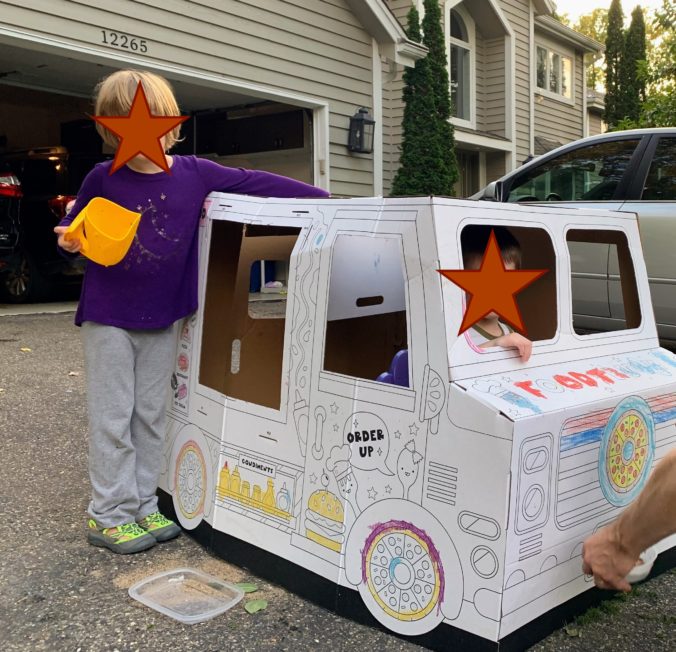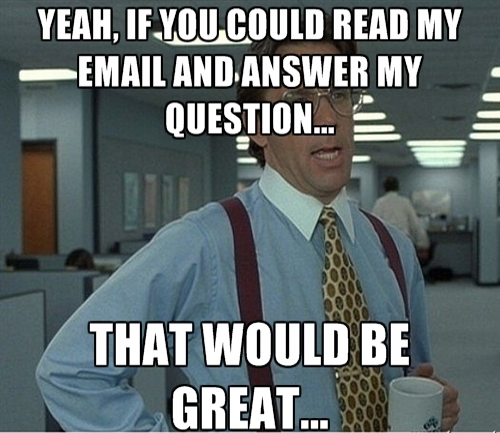For the third time in our marriage, Kristyn and I got away for a night. We call it our “couple’s retreat.” This time, we rented a tiny studio beach house on a beachfront lot in a remote part of Playa Junquillal, about an hour south of where we live.
Earlier this year we crossed the threshold of ten years of marriage together, but this felt like our first chance to properly recognize that milestone. In the weeks leading up to the getaway, we loosely discussed our plans, our hopes, our shared intention, but we never really landed on a definitive itinerary. We knew we wanted the time to mean something, that simply going to the beach and reading our books while sipping piña coladas wasn’t going to cut it. But what to do? Renew our vows? Concoct some sort of ritual? Create a list of Must-Do’s and Hope-To’s?
In a previous retreat, we learned the importance of ambiance. Just a couple of small, thoughtful adjustments to the environment–a lit candle, the right playlist, a stick of smoldering incense, a scarf draped over a lampshade, evening tea, a journal–can have a big impact. So the night before we left, we had no exact plan, but we packed an assortment of ambiance accoutrement and trusted that our collective intuition would take care of the rest.
It did.
With the aid of the ocean, the breeze, and sugary black sand that glittered with flecks of gold; with the support of nature and medicines and ambiance; with a gorgeous sunset and a crescent moon as our witnesses, together we ritualized togetherness, we ritualized thanking and letting go of old shapes that no longer serve us. We deepened our intimacy. We celebrated us.
In a personally potent moment on the beach, Kristyn asked me, “What is it that you are going to leave behind?” I paused to reflect, sinking my feet firmly into the wet, heavy sand and breathing in the sea before me. I answered that I was leaving behind three things: acting annoyed by my family, avoiding the big feelings of myself and those around, and the notion that I’m somehow insufficient, that I’m not enough in some way. Those three things felt right, like my top three priorities. Then we looked at each other with a “Now what?”-type look. Intuition drew me to a hefty piece of driftwood which I picked up and held. When I uttered the words, “This stick is those three things,” I felt my whole body start to tremble, to quiver with an unexpected energy. The small act of using the driftwood transformed this experience from words to ritual, and in doing so it somatically connected my body to the experience in a way the words alone would not have done. I could only handle the sensation for a few seconds before my body took over and hurled that log as far as it could.
Kristyn looked over at me and remarked, “You really looked like you wanted to get rid of that stick.”
I did.
In meditation practice it is often taught that one should practice both informally (everyday practice) and formally (going on a retreat or to a workshop with a teacher once or twice per year) in order to connect to the full scope of what the meditation practice can offer.
I believe this double focus on both informal and formal practice is an effective, formidable, perhaps even essential approach for the health of a committed relationship as well. It takes both a daily commitment to giving and receiving love amidst the minutiae and trials of everyday life combined with a periodic check-in with the other person to go deep, reflect, connect, and reassess the state of the relationship and the direction in which it’s headed.
Some may find themselves unhappily grinding through life only to get to the once-a-year 10-day vacation where they can finally have a chance to relax, unwind, and connect. Others might find more peace in their day-to-day home life, but hesitate or find resistance when going that extra step to plan and execute an adventure, an excursion, a time to break the mold. Both of these formulas miss out on an essential piece of partnership practice.
In my experience, a retreat does not need to be extravagant. To the contrary, I’ve found that I actually get more out of the experience with less stuff, fewer activities, less square footage, minimal distractions. The less money and travel time that goes into it, the less guilt I have about the retreat and the more time we get to have doing the actual thing! The experience could easily be created in our own home (as long as we could find sleepover destinations for our kids!). It doesn’t need to cost much. It’s not about being a tourist, seeing new sights, or sharing in some wild new experience. It’s not about “getting away from it all.”
An annual partnership retreat is about taking time to slow down and deepen connection. Exactly how that looks–what combination of physical, verbal, and emotional intimacies feel relevant to practice and strengthen–will vary from partnership from partnership, and even within the same partnership over time. But if the compass is set to point toward deeper connection, I always leave the retreat feeling uplifted, enlivened, hopeful. I leave with a renewed sense of love for my partner and gratitude for my life.
The couples retreat experience fills up a deep well, a well of connection that we can dip into an drink from for weeks and months beyond the end of the retreat. In our daily lives we can do little things to add small amounts to that well, but over time, its contents start to dry up. The demands of life require too much of us, and try as we might to keep it full, the gradual evaporation of that well is inevitable. Every once in a while, we must take a time-out to dump a bunch of love back into that bad boy.
I used to think of a couples retreat as a nice-to-have, a delightful treat.
Now I think of it as a non-negotiable.







